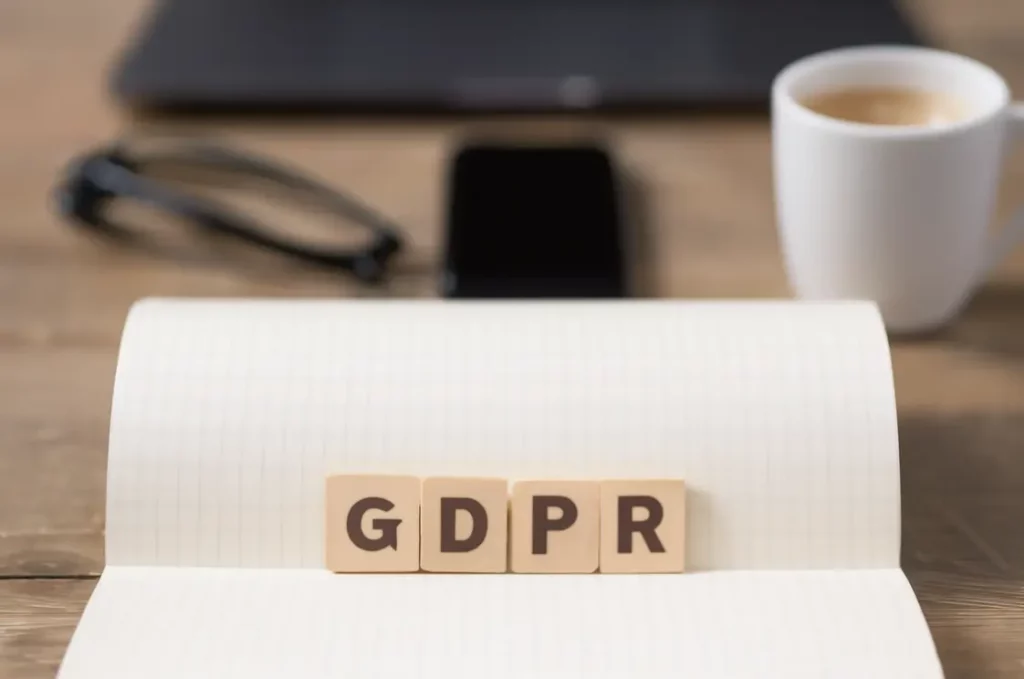If you run a website—or have been on the web in the last five years—you’ve probably heard of GDPR. You’ve likely clicked on a GDPR-mandated cookie pop-up, possibly even in the last week. Perhaps you’ve wondered, on more than one occasion, does GDPR apply to my website?
It may seem that GDPR is mostly meant for big companies located in Europe. But if you collect personal data from any type of EU user, GDPR applies to you, no matter how small your site is.
What is GDPR, Really?
GDPR stands for General Data Protection Regulation. It sounds broad (e.g., general), complex (e.g., regulation), and important (e.g., data protection). In many ways, it does just what it says on the tin: regulate how a person’s online data is collected, stored, and used. On a more fundamental level, GDPR is part of a much larger effort to advocate for individual digital rights and data accountability.
The EU-mandated right to privacy dates back to the 1950 European Convention on Human Rights. As the internet became widely used, questions about digital privacy and laws to protect a person’s online data were raised throughout the EU, but without any defining standard. GDPR is the unifying response to growing concerns about personal data mishandling and exploitation. For internet users worldwide, GDPR represents a commitment to upholding privacy concerns even in the digital age. For small business owners, it can feel overwhelming.
A (Bitesized) Overview of GDPR Key Concepts
At the heart of GDPR are three big ideas: transparency, consent, and control. While the law itself has various legal stipulations, here is a quick breakdown of the essential tenets:
- Legal Basis for Processing Data—site owners must have a valid reason to collect personal data, such as user consent or a legitimate interest.
- User Rights—individuals can access their data, correct it, request deletion, and move to another service.
- Notification of Breaches—users should be notified if any personal data is exposed in a breach, and the authorities should be contacted within 72 hours.
- Data Minimization—only data that is really needed should be collected.
- Accountability and Documentation—site owners are responsible for documenting their data practices, including showing how and why data is collected and proving user consent.
5 Practical Compliance Tips
Large businesses may require to employ a Data Protection Officer (DPO) to ensure GDPR compliance. Understanding the key concepts and taking practical steps is usually enough for small website owners. Here are a few beginner-friendly steps that can be taken right away.
- Understand Your Website Through Auditing. What data is being collected on your site? Is it essential? Essential data is stuff like login sessions and payment information. Non-essential data includes analytics and cookie tracking (hence the cookie consent buttons you often click).
- Map Data Sources. Figure out where the data comes from and where it goes. Do you use third-party tools or widgets such as maps, forms, or chat plugins? What data do they collect?
- Get Clear Cookie Consent from Users. If you’re using tracking tools on your site, ensure a cookie banner lets users accept, reject, or change their preferences. Keep records of when and how each user gives consent.
- Create a Privacy Policy. Clearly explain what data you collect, why and how it’s used, who can access it, and how long it’s stored. Use plain language and make it readable with FAQs or bullet points.
- Secure Your Site. Data should be protected with HTTPS, encryption, and access controls. Simple measures like secure passwords and regular software updates can make a huge difference.
Common Mistakes (and How to Avoid Them)
GDPR compliance can feel overwhelming, and everyone makes mistakes. The most common and egregious mistake you can make as a small website owner is thinking that GDPR doesn’t apply to you. Other possible pitfalls include:
- Relying on plugin and widget default settings and not knowing what data they collect
- Burying your privacy policy where no one can find it
- Forgetting to document user consent
- Using outdated or unreliable third-party plugins
Mistakes like these can risk fines, but more than that, they can damage user trust in your website or services. The good news? Just by reading this article, you are already on the step to better privacy practices.
If you are making a GDPR compliance error, don’t panic! You can take action today. Even small changes, as simple as improving your privacy policy or double-checking your widgets, can make a big impact. After all, GDPR was not created just to make senseless rules to punish website owners—it is to protect the privacy and safety of all internet users, including yourself.
